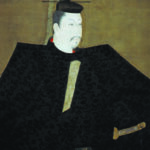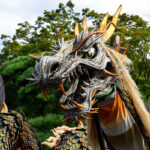.
When the 264-year-old isolationist foreign policy of the Tokugawa shogunate was finally lifted in 1867, many countries hastened to establish a relationship of friendship and trade with Japan. Among them were the United States, Britain, Russia, and Turkey. On July 14, 1889, the Turkish imperial frigate Ertuğrul was ordered by Abdül Hamid II to set sail from Istanbul on a goodwill voyage to Japan. The ship, under the command of Ali Osman Pasha, arrived in Japan on July 17, 1890, after an arduous journey lasting 11 months.

.
After a successful visit in Tokyo that summer, the Ertuğrul and its crew of 656 sailors and officers embarked on its long journey back to Istanbul on September 15. The next day, the weather conditions quickly deteriorated and the crew soon found themselves battling a typhoon. After one of the masts collapsed and water broke through into the coal depots, the ship set course for Kobe, the nearest safe harbor. On September 18 around midnight, the Ertuğrul drifted onto the sharp rocks off the coast of Oshima Island. Only sixty-three sailors and six officers managed to survive. The other crew members, including Ali Osman Pasha, perished.
The villagers from Kushimoto, Wakayama Prefecture helped rescue and care for the survivors. They also collected the remains of the deceased and conducted a solemn funeral for them. It was during this time that a tea master named Yamada Torajiro sprang into action with what was the beginning of a nation-wide movement in Japan for the collection of donations to help the bereaved Ertuğrul families.
Torajiro was born in Edo (Tokyo) to a high-ranking samurai family. At the age of fifteen, he was adopted by a tea master named Yamada. Torajiro not only mastered the Japanese tea ceremony, but he also became fluent in the Chinese, English, German, and French languages.
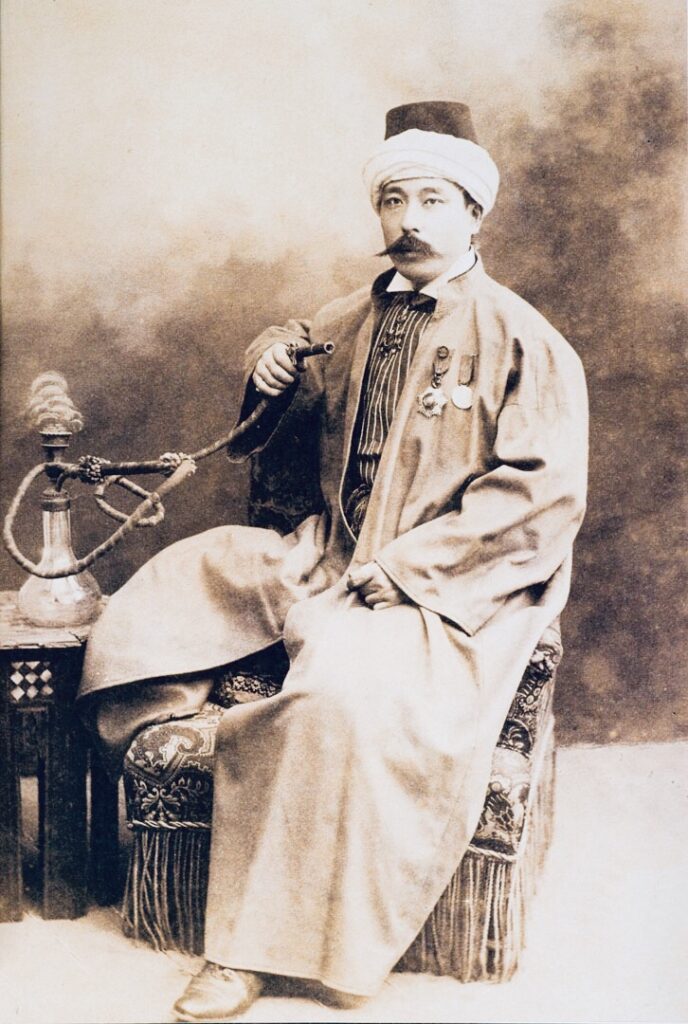
.
Over a two-year period, Torajiro collected 5,000 yen (approximately 100 million yen in today’s currency) from donors. He arrived in Istanbul on April 4, 1892, where he met the Ottoman Foreign Minister and donated the collected funds to him. He remained in Turkey until 1893 and taught Japanese to army cadets. It is said that the future President of the Republic of Turkey, Mustafa Kemal Atatürk, was one of his students.
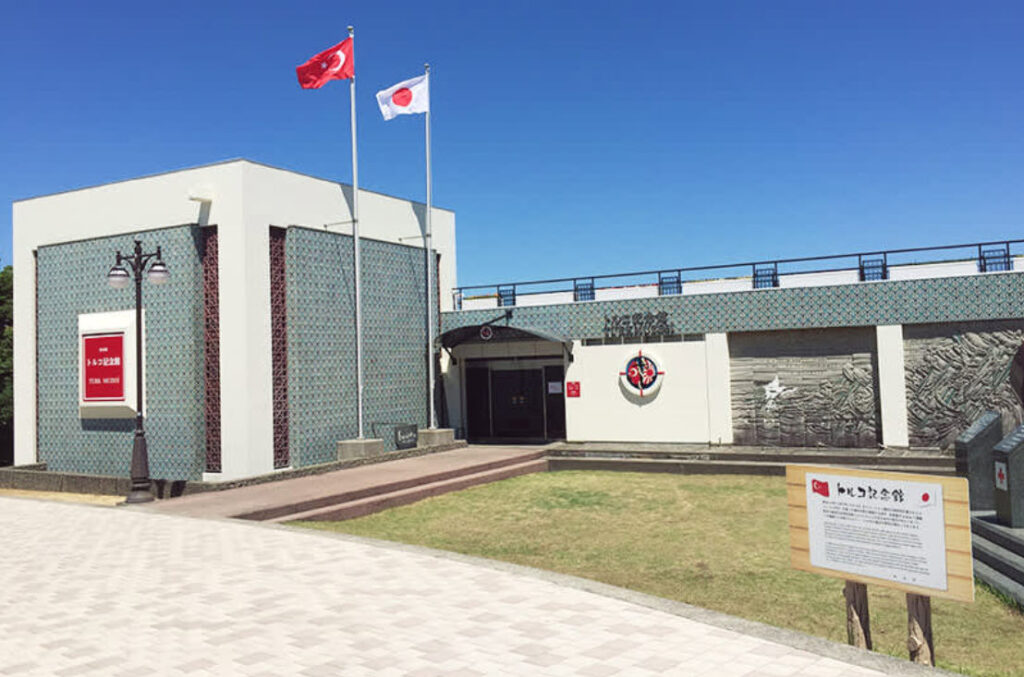
.
After a brief visit to Japan in 1893, Torajiro returned to Istanbul and founded the Nakamura Shoten store with Nakamura Kenjiro. He obtained authorization to sell Japanese products such as silk, porcelain, tea, and wooden objects. The Sultan and members of the Ottoman dynasty highly valued Japanese-manufactured goods and became important customers of Nakamura Shoten.
Torajiro resided in Turkey for 12 years and acted as an Honorary Consul. He helped introduce the Turks to Japanese culture and wrote many books about Turkey after returning to Japan in 1905. He also translated several Turkish plays.

.
Following his immersion into Turkish culture, he became one of the first Japanese people to convert to Islam and journey to Mecca. As a Muslim, he changed his name to Abdül Halil. Upon returning to Japan; however, he changed his name to Yamada Soyu and established a tea school under the same name.
He passed away on February 13th, 1957 at the age of 90, just shortly after publishing his autobiography titled, “Shingetsu.” The title of his book translates to “Crescent Moon,” one of the symbols depicted on the Turkish flag.
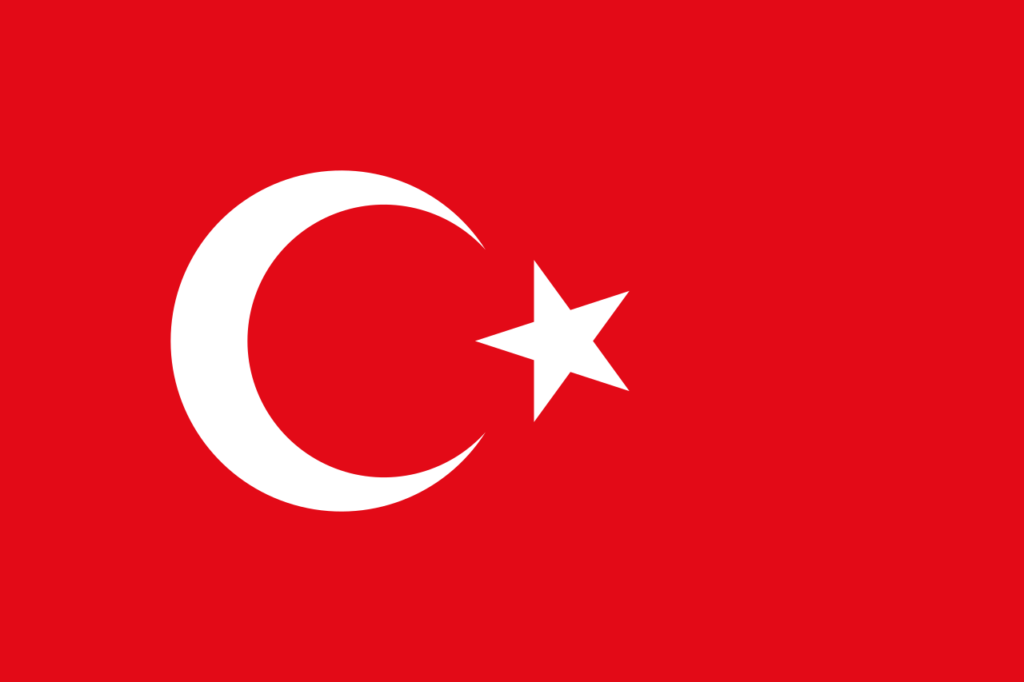
.
.
『Kristine’s Eye on Japan: Introduction to Japanese Culture』
Writer: Kristine Ohkubo
.
(6/27/2022)

